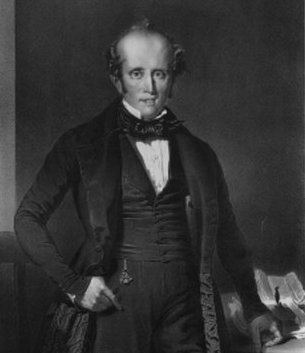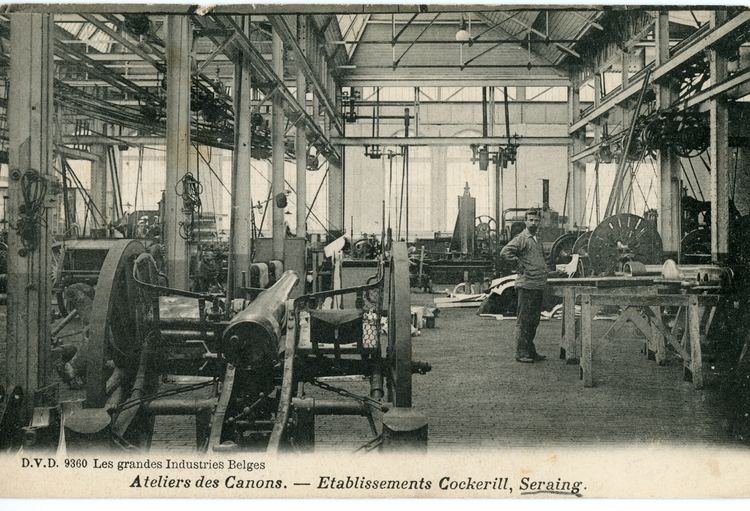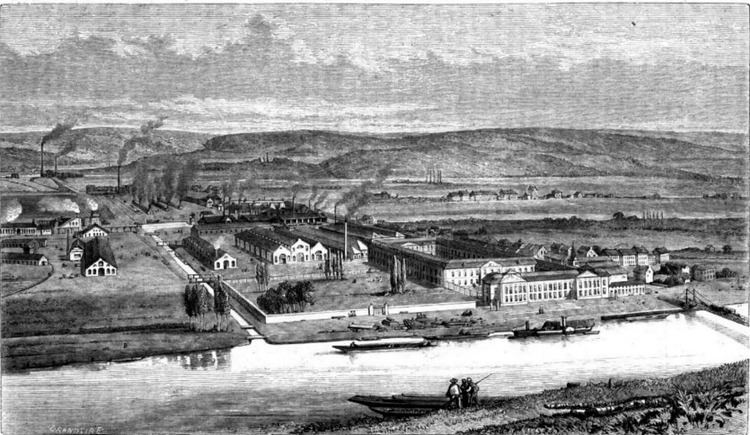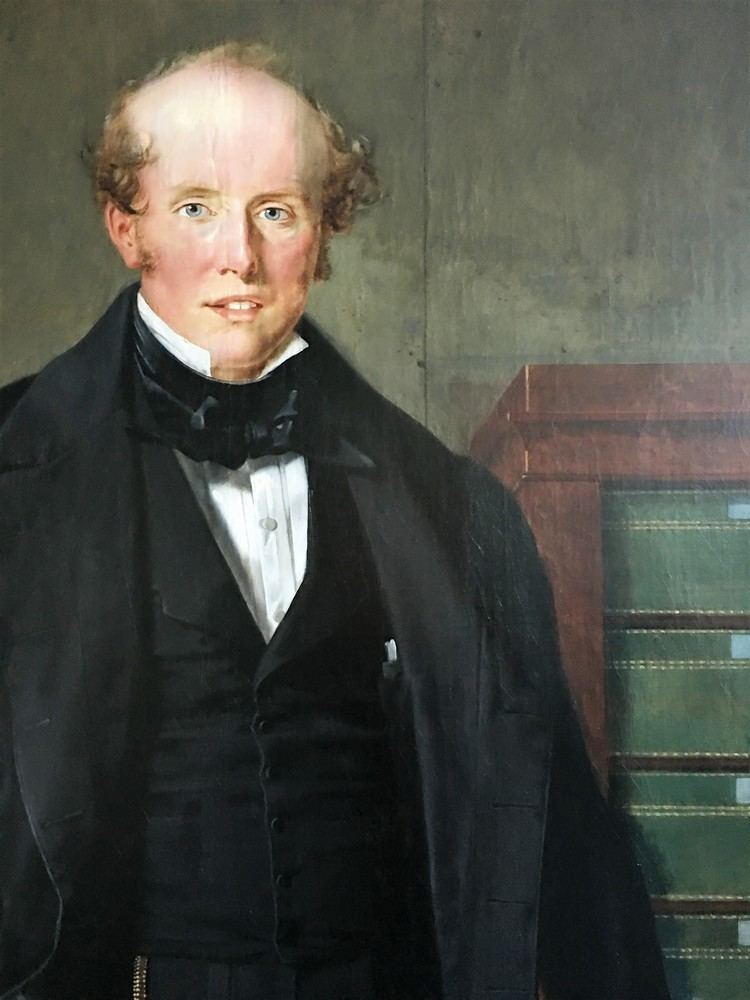Parents William Cockerill Role Industrialist | Name John Cockerill Occupation Industrialist | |
 | ||
Died June 9, 1840, Warsaw, Poland | ||
Citizenship British, later Belgian | ||
Expo john cockerill
John Cockerill (3 August 1790 – 9 June 1840) was a Belgian (born British) entrepreneur. Born at Haslingden, Lancashire, England, he was brought by his father William Cockerill to Belgium where he continued the family tradition of building wool processing machinery. He founded an ironworks and a mechanical engineering company John Cockerill & Cie. (English: John Cockerill & Company)
Contents

Biography

At the age of twelve John Cockerill was brought to Verviers, Belgium, by his father William Cockerill who was successful as a machine builder there. In 1807, aged 17, he and his brother Charles James took over the management of a factory in Liege. His father William retired in 1813 leaving the management of his business to his sons.

In September 1813 he married Jeanne Frédérique Pastor, the same day her sister Caroline married Charles James Cockerill.

After the victory over Napoleon at the Battle of Waterloo in 1815, the Prussian Minister of Finance, Peter Beuth, invited the Cockerill brothers to set up a woollens factory in Berlin.

In 1814 the brothers bought the former palace of the Prince Bishops of Liege at Seraing. The chateau became the plant headquarters and the ground behind it the factory site (founded 1817); it was to become a vertically integrated iron foundry and machine manufacturing factory. William I of the Netherlands was joint owner of the plant. A machine manufacturing plant was added in 1819, and in 1826 (begun 1823) a coke fired blast furnace. By 1840 the plant had sixteen steam engines producing total power 900 hp (670 kW) in continual work and employed 3000 persons.

In 1823 his brother Charles James retired, having been bought out by John in 1822. After the Belgian Revolution of 1830 the new Kingdom of Belgium claimed the property of William I, and in 1835 John Cockerill made himself the sole owner of the works. He also was a founder of the Bank de Belgique, in 1835.

During John Cockerill's lifetime, the factories produced not only spinning engines and steel, but steam engines (including air-blowers, traction engines, and engines for ships); in 1835 Belgiums first steam locomotive Le Belge was made. He also had interests in collierys and mines, as well as factories producing cloth, linen and paper.
In 1838/9 military tensions between Belgium and the Netherlands caused a rush on the banks for hard currency; as a result of the crisis John Cockerill's company became bankrupt. With debts of 26 million francs on assets of 15 million, he travelled to St. Petersburg to make arrangements with Nicholas I of Russia with the hope of raising funds. On his return he contracted typhoid and died in Warsaw on 19 June 1840, leaving no heirs.
Legacy
On his death he had a reputation as a humanitarian employer and as the founder of the Belgian manufacturing industry. His body was returned to Seraing in 1867 and a memorial was unveiled there in 1871. A statue of him and the industrial workers of Belgium also stands in the Place du Luxembourg in Brussels.
His company became the Société pour l'Exploitation des Etablissements John Cockerill (1842) and later Societe Anonyme Cockerill-Ougree (1955). The steelmaking activities of the firm continued through various mergers, eventually becoming part of Cockerill-Sambre in 1981; the Cockerill name was retained until a 1998 merger with Usinor. Some mechanical engineering activities continued as Cockerill Maintenance & Ingénierie, which was split off as a separate company in the late 20th century.
